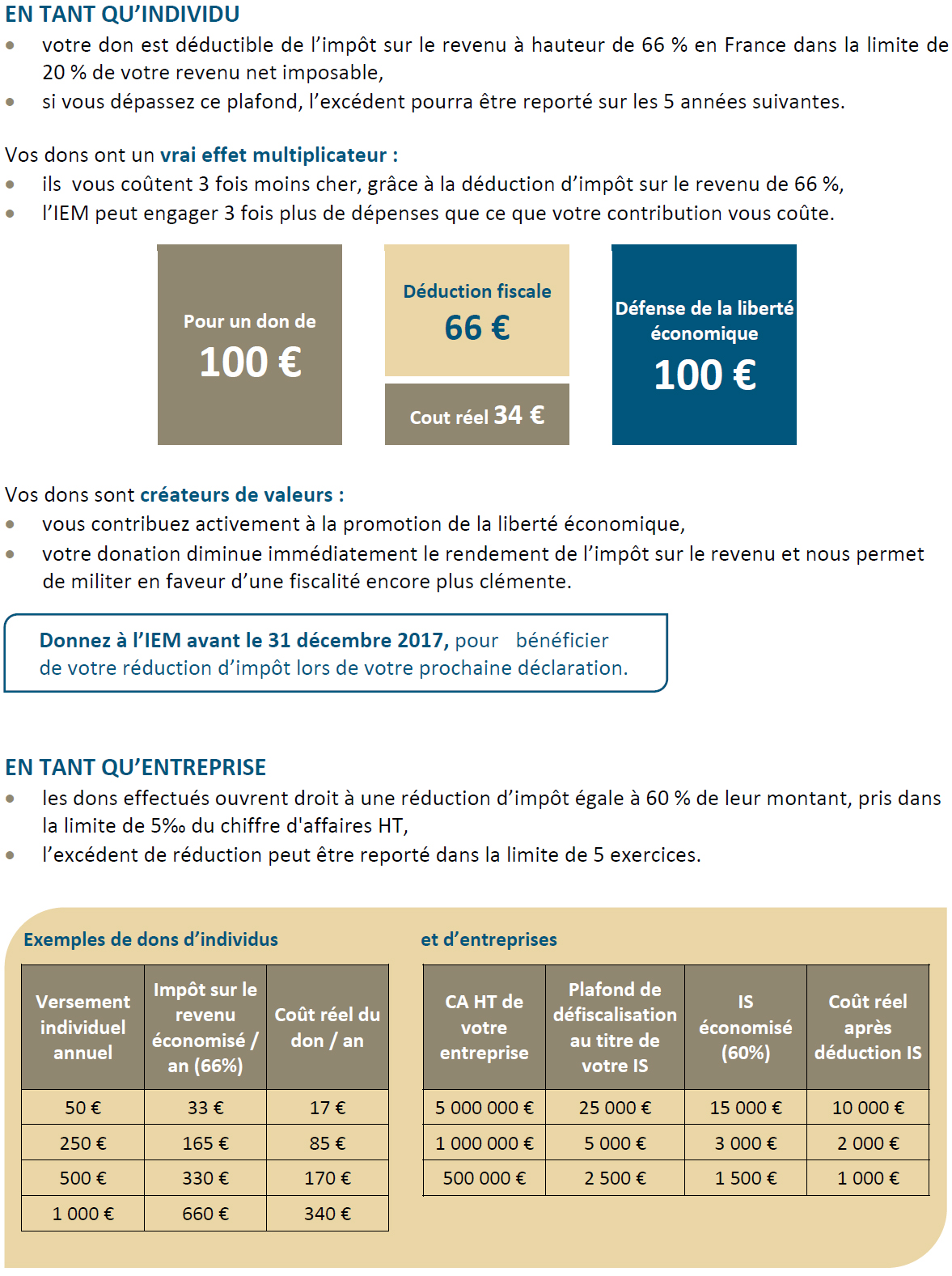AMD-Intel: Are price cuts anticompetitive?
A version of this article was published in the Wall Street Journal on March 1st, 2007.
The world’s No. 1 chipmaker, Intel, has been the target of a series of antitrust probes and lawsuits around the globe. Attempts to thwart them amount to interfering with, and detracting to, the ways through which firms strive to provide the best possible value to consumers.
The world’s No. 1 chipmaker, Intel, has been the target of a series of antitrust probes and lawsuits around the globe. In Japan, a ruling from the Fair Trade Commission has already condemned Intel for “unfair” practices and has urged it to change its ways while there are ongoing investigations in South Korea and at the European Commission into alleged anticompetitive practices. The verdict of the competition directorate has not yet been returned, and one can hope that, unlike the findings of the Japanese Fair Trade Commission, these competitive directorates will reckon that the practices at issue do not conflict in any way with the normal run of business. Attempts to thwart them amount to interfering with, and detracting to, the ways through which firms strive to provide the best possible value to consumers.
The concomitant character of these litigations owes nothing to serendipity. They were all triggered following antitrust complaints filed by Advanced Micro Devices Inc. (AMD), Intel’s arch-rival, charging the latter with alleged anticompetitive practices. More precisely, AMD blames Intel for inviting its major customers to enter into Intel-exclusive contracts in return for significant rebates and discounts.
These commercial tactics are common practices. They are the very reflection of market competition and, on that account, they cannot be sanctioned. There are indeed two ways of engaging into competition. Either one offers a new and innovative product, usually at a higher price than products which already exist on the market. Or else, one offers a product which already exists, but finds some way in order to do so at a lower price. If a firm wishes to preserve, or even enlarge, its market share, it must find some means of offering the product at a lower price or of offering products of better quality.
Intel’s case is allegedly different however in that this firm enjoys a dominant position on the market for microprocessors. It is because the No. 1 chipmaker’s share of the market counts for 80% of sales by unit volume that competition law regards its practices with suspicion and can ordain that it put an end to them.
But when entry is not legally prohibited, market shares can indeed change and are continually changing through time and in different places in the world. Sure, Intel seems to gain more ground in Japan since 2002 and its discount and rebate practices, with competitors’ market shares shrinking from 24% in 2003 to 11% in 2004. Nevertheless, with similar practices Intel is loosing ground in Germany, announcing by the same way considerable staff reductions. From an economic point of view competition intensity shouldn’t be measured by market shares and obviously in both countries – as elsewhere in the world – Intel is relentlessly challenged by its competitors.
These very commercial practices which allow a multitude of firms to outpace their competitors and hence be the leader on the market should allegedly be prohibited whenever firms reach a market share threshold. Isn’t this contradictory? In fact, it is not because a firm enjoys a significant market share that the rebates and discounts it offers cease to be beneficial to consumers or that competition is stifled.
Intel has chosen to engage in drastic price cuts and, in some cases, has conditioned them on exclusivity agreements. Intel grants rebates to a given customer only if he commits himself to exclusively selling Intel products. However, this customer is not compelled to comply with Intel’s desiderata. He will do so only if he considers it to be worthwhile for him. His decision is also a function of competing offers but, in fine, he will opt for those products which he expects will prove a success with consumers. This is certainly the reason why, despite Intel’s offers and market dominance, the N°1 PC distributor Dell has decided to put an end to a 7 years exclusive contract with the company. It has recently decided to distribute the AMD’s opteron. Moreover, server makers Hewlett-Packard, Sun, and IBM, among others, increasingly are rolling out new products with AMD inside.
If some customers (distributors, retailers, etc) still turn down AMD’s products, it’s because they consider the deal not to be good enough. What accounts at the end of the day for Intel’s or AMD’s success is that their offers correspond better to the needs and expectations of its customers, whatever they might favor, innovative products or cheaper products.
The market for microprocessors is regarded as one of the most dynamic in the economy. For several decades, it has been characterized by dazzling innovations – look at the recent development by Intel of the 45 nanometer process technology – and no less spectacular price cuts even though there are only two major players on the stage today. Would this market be as competitive as it is today if a unique producer remained?
There are good reasons to believe that such would be the case indeed. If entry in the market remains free, that is, if regulatory measures do not erect barriers to entry in the market, then, each producer, whether or not he is alone in his market niche, must fear potential competition. This state of affairs can be challenged overnight if, through a greedy behavior, the producer creates opportunities which others, in related industries for example, would be ready to seize. Indeed, if profits are too high in a given sector or market niche, this will irremediably attract new entrants eager to make the most of the opportunity. “A monopoly” thus never evolves in a non-competitive environment. If it is the sole producer in a given area of a free economy, it’s because it is alone able to provide the best value to consumers.
Intel’s business model is not anticompetitive. It is important to leave room for the free play of competition and, in particular, to let the management options of the different players in a given industry pass the market test. There is no guarantee that Intel’s strategy will prove to be the most appropriate or the best one, especially if AMD (whose market share is slightly increasing) or other firms are able to provide better value to consumers. It is instead the recourse to regulatory ammunition to fight against rebates, discounts and so on, which is anticompetitive in a great measure.
Cécile Philippe, Institut économique Molinari





